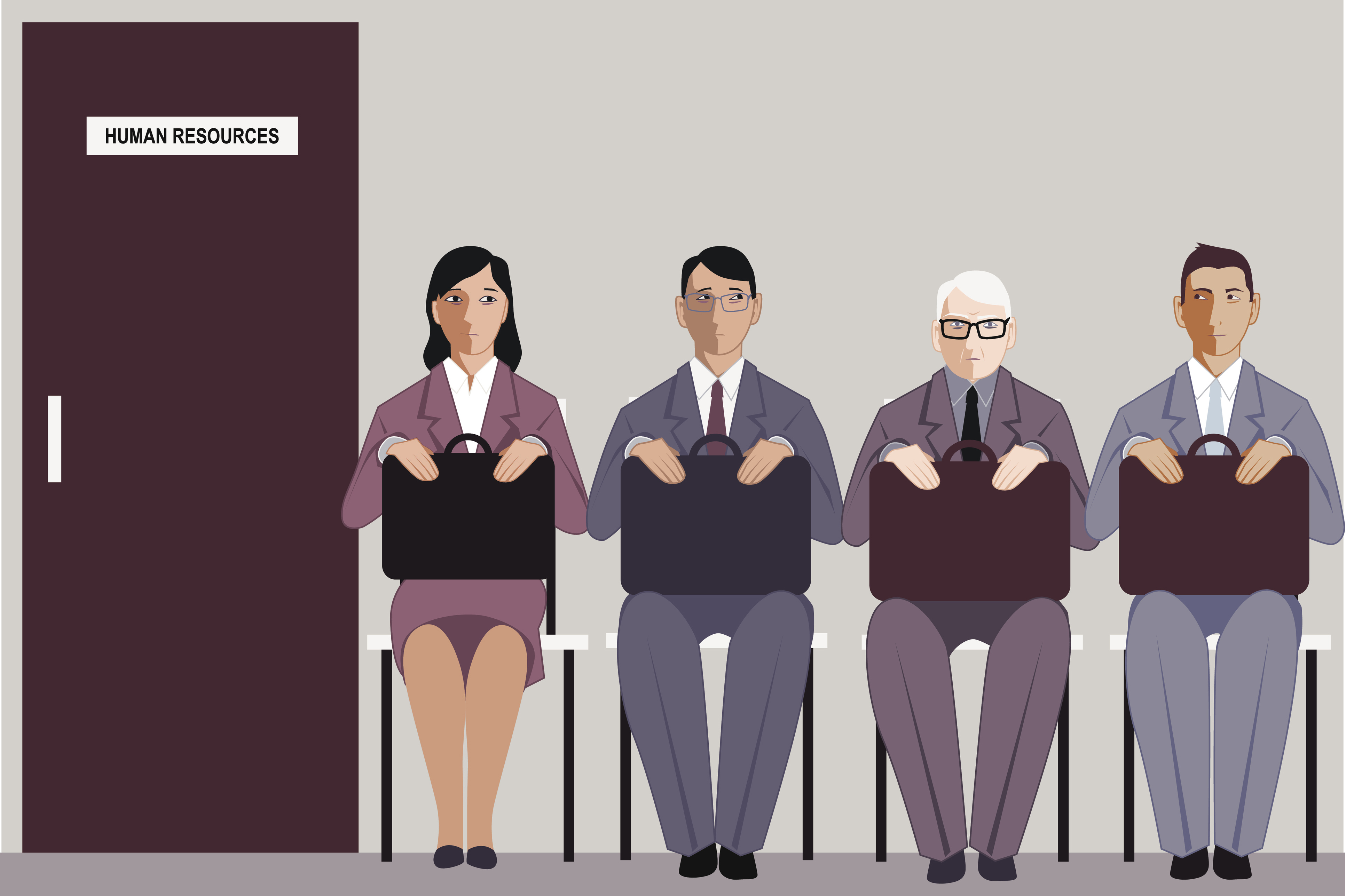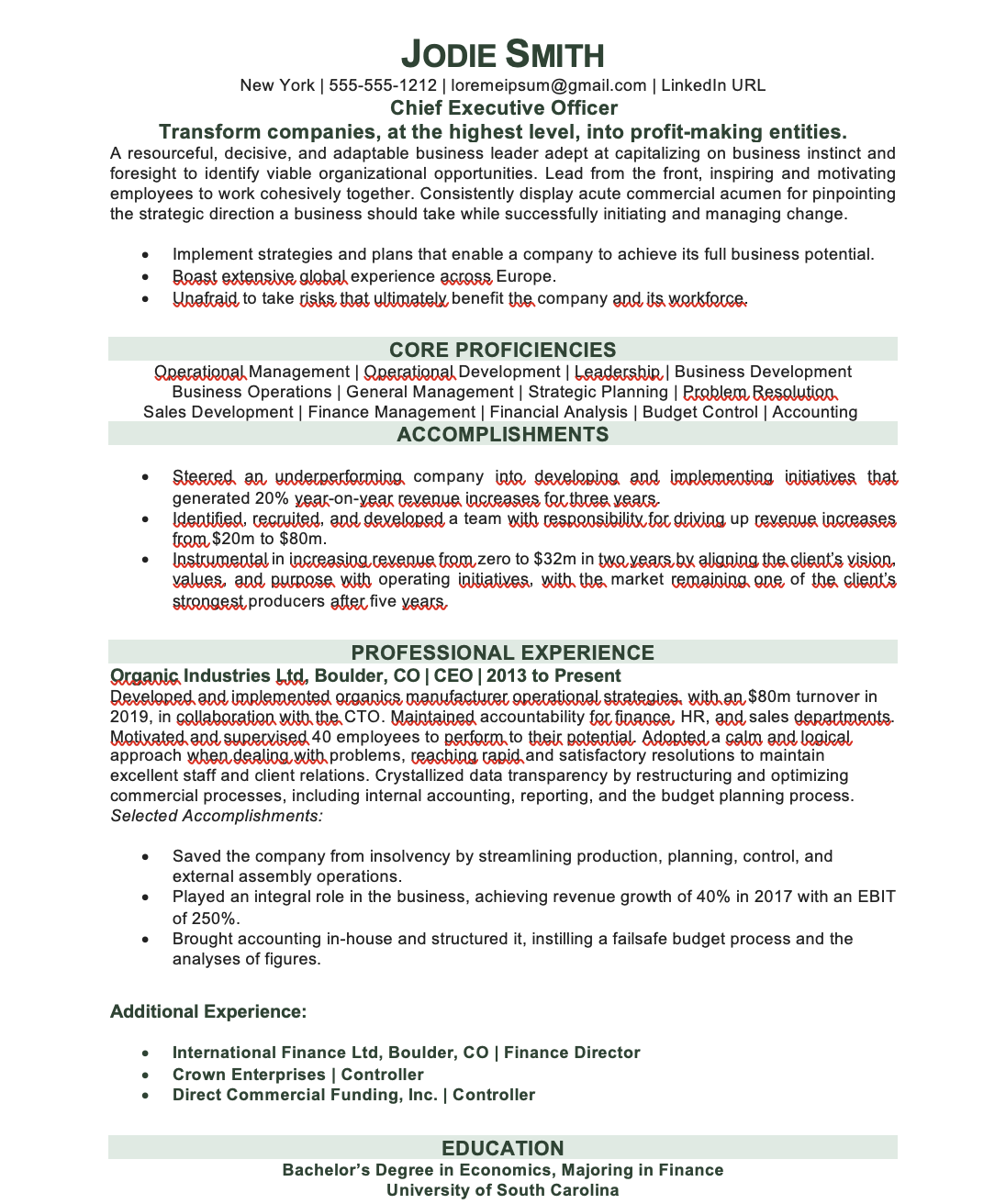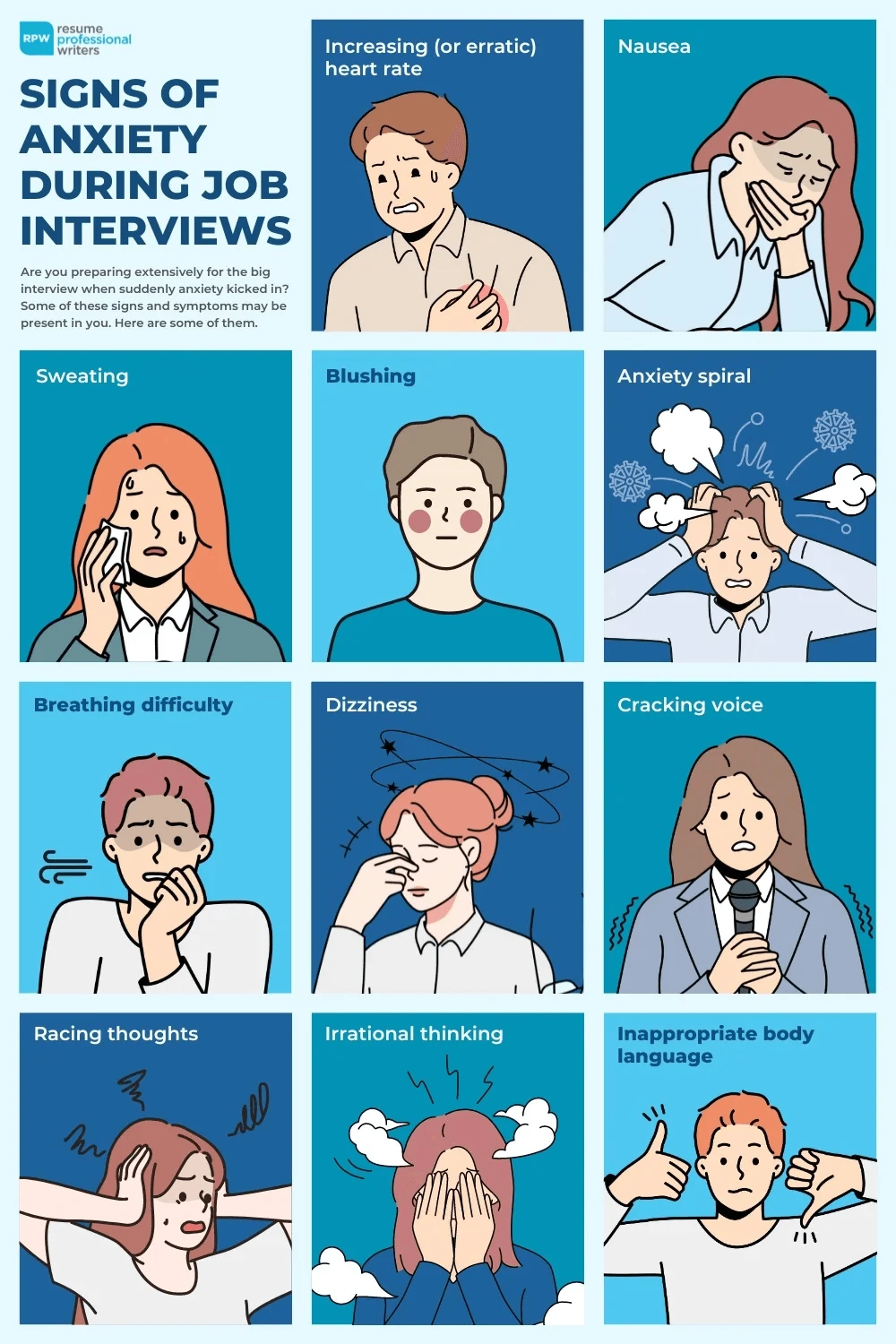How to Deal with Ageism When Looking for a New Job

How to Deal with Ageism When Looking for a New Job
Ageism in the workplace is a pervasive issue that affects many individuals, particularly those in the 40-55 age range. Despite having valuable experience and skills, middle-aged job seekers often face challenges due to biases and stereotypes. This article aims to provide practical advice and strategies to help you navigate these obstacles and successfully find a new job.

Understanding Ageism
What is Ageism?
Ageism refers to the discrimination or prejudice against individuals based on their age. In the job market, it often manifests as a preference for younger candidates, leading to older workers being overlooked for opportunities. This bias can stem from misconceptions about older workers’ adaptability, energy, or willingness to learn new technologies .2 .3.
The Impact of Ageism
-
Financial Stress: Older workers often face longer periods of unemployment, which can lead to financial strain and stress .2.
-
Career Stagnation: Ageism can limit career advancement opportunities, making older employees feel undervalued and marginalized .3.
-
Missed Opportunities: Employers miss out on valuable skills and experience by excluding older workers from the hiring process .3.

Strategies to Overcome Ageism

1. Highlight Transferable Skills
Focus on skills that are relevant to the job you’re applying for, such as leadership, problem-solving, and teamwork abilities. Emphasize your ability to adapt to new technologies and work environments .4 .7.

2. Stay Current and Relevant
Invest in continuous learning and professional development. Take courses, attend workshops, or get certifications to stay updated with industry trends .4 .6.

3. Update Your Resume and LinkedIn Profile
Ensure your resume and LinkedIn profile are modern and tailored to highlight your strengths. Use keywords from job descriptions and focus on recent experience .4 .6.

4. Network Strategically
Leverage your professional network to uncover hidden job opportunities. Attend industry events, join professional associations, and engage with peers on LinkedIn .4 .6.

5. Address Concerns Proactively
During interviews, address any concerns about age or experience. Talk about your adaptability, willingness to learn, and enthusiasm for the role .4.

6. Leave Out Dates
Avoid including your birth date, graduation year, or other dates that might reveal your age on job applications .5.
7. Focus on Recent Experience
Only include experience from the last 10-15 years unless earlier experience is highly relevant to the job .5.

Preparing for Interviews

1. Practice Your Responses
Prepare answers to common interview questions that might touch on age, such as “What motivates you?” or “How do you handle new technologies?” .11.

2. Showcase Your Skills
Highlight your problem-solving skills, communication abilities, and experience in handling complex situations .7.

3. Demonstrate Flexibility
Show that you value flexible work arrangements and are open to new challenges .7.

Building Confidence
:max_bytes(150000):strip_icc()/GettyImages-556336147-568d54525f9b586a9e963285.jpg)
1. Mindset Matters
Believe in your abilities and focus on your strengths. Ageism often starts with self-doubt, so it’s crucial to maintain a positive mindset .12.

2. Seek Support
Connect with peers or mentors who can provide encouragement and advice during your job search .12.

Legal Protections

1. Know Your Rights
Understand that age discrimination is illegal under the Age Discrimination in Employment Act (ADEA) in the U.S. If you suspect ageism, consider seeking legal advice .10.

2. Report Discrimination
If you encounter ageist job ads or discriminatory practices, report them to the Equal Employment Opportunity Commission (EEOC) .







